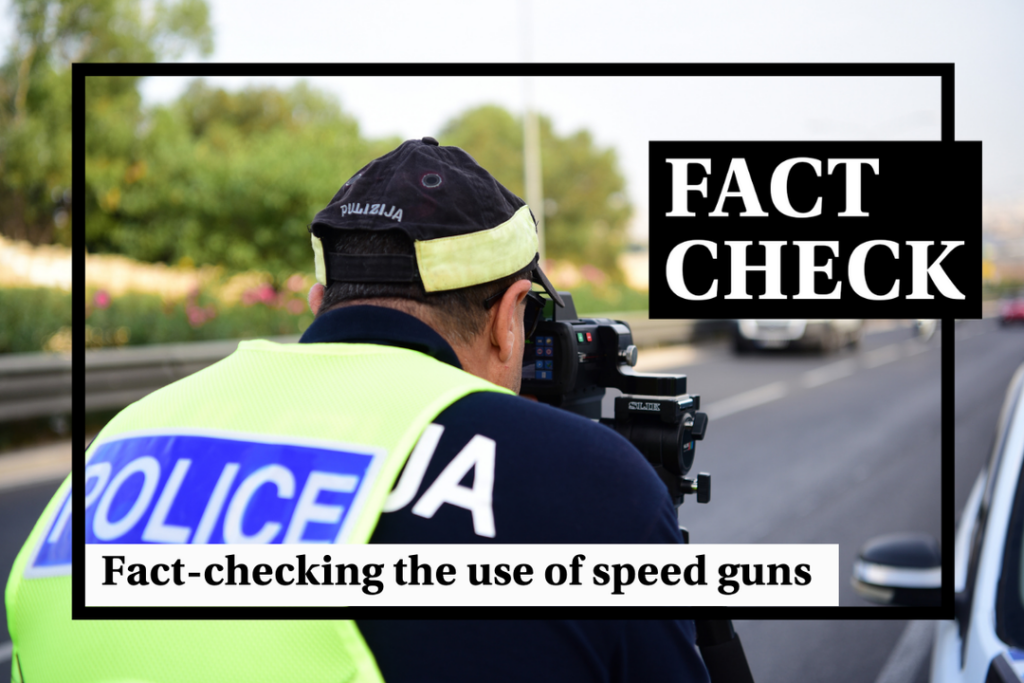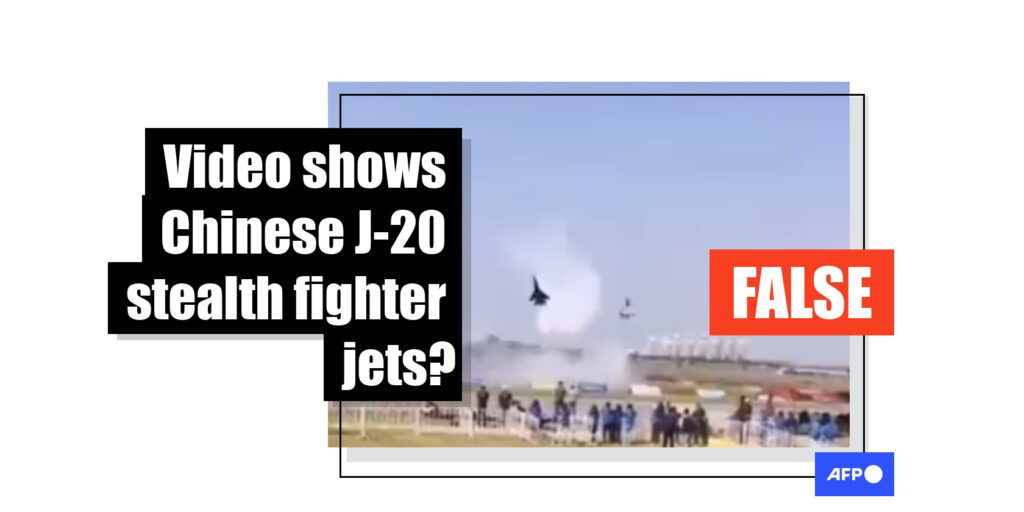A recent announcement that local wardens and transport officials in Malta will be given speed guns to detect overspeeding vehicles was received with contrasting reactions by the public.
While some believe they are a necessary tool to improve road safety, others question their legality, with many arguing that fining drivers without warning them of the presence of speed guns is tantamount to entrapment and constitutes an illegal practice.
Times of Malta received several requests from readers asking whether the use of speed guns (formally known as mobile speed cameras) is legal, how they work and whether they constitute a form of entrapment by traffic officials.
Are speed guns legal?
Yes, they are. Or rather, while the law does not specifically list speed guns (or any other type of speed camera, for that matter), it does not prohibit their use in any way.
Malta’s Motor Vehicles Regulations (subsidiary legislation 65.11) says that traffic speeds can be monitored by “any prescribed speed monitoring device”, at the discretion of the transport minister of the day.
In practice, the minister must issue a notice in the Government Gazette allowing the use of a specific device. In the case of speed guns, this was done in the summer of 2020, with notices in the gazette on July 14 and July 17 authorising the use of a device called the Laser Cam 4.
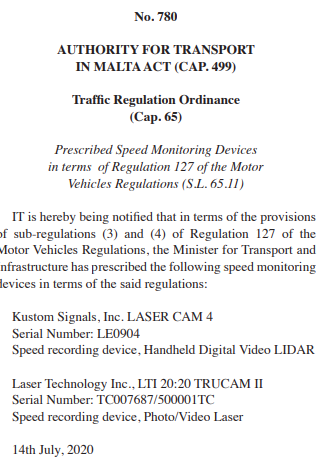
Authorities also need to jump through some other hoops before the use of a speed gun can be signed off, such as making sure that it is approved by the Consumer Authority (MCCAA), which certifies that it meets quality standards and abides with Malta’s Measuring Instruments Regulations.
Furthermore, the law says that speed monitoring devices need to be calibrated every two years.
Who can use speed guns?
Only police officers and local wardens (known as LESA officials) are authorised to use speed guns for enforcement, according to the law.
While Transport Malta officials are sometimes also spotted using speed guns, they can only use them to monitor traffic, usually for the purpose of road management, rather than to enforce speeding laws.
Do drivers need to be warned of speed guns?
No. Contrary to popular belief, the law does not oblige authorities to warn drivers of an upcoming speed camera, whether it is a traditional fixed-speed camera or a mobile speed camera, such as a speed gun.
In practice, things are often different when it comes to fixed-speed cameras, with a stretch of road often adorned with several signs warning motorists that they are approaching a fixed-speed camera.
A 2012 speed management policy document published by Transport Malta said that “a policy decision was taken that the speed cameras were to be permanently fixed, visible and the approaches were to be clearly signed with information signs to advise that cameras are being used for enforcement and the posted maximum speed limit”.
However, authorities say that this type of signage is simply advisory and a matter of good practice, rather than mandatory.
Similarly, while authorities may opt to put up signs warning drivers of the use of speed guns in an area, they are not legally obliged to do so.
Must traffic officials make themselves visible, or can they remain out of sight?
In a similar vein, there is no legal obligation for traffic officials to make their presence known and, much to the dismay of some motorists, they are perfectly within their rights to hide in places where they are unlikely to be spotted.
Although police officials monitoring traffic often wear high-viz vests, it is ultimately the decision of the enforcement body, whether the police or LESA, to decide upon the best approach to adopt.
Transport Malta’s speed management policy document argues that “best practice guidelines recommend a combination of visible and invisible enforcement”, suggesting that while invisible enforcement may be “unpopular”, it is “very effective in reducing average travel speeds”.
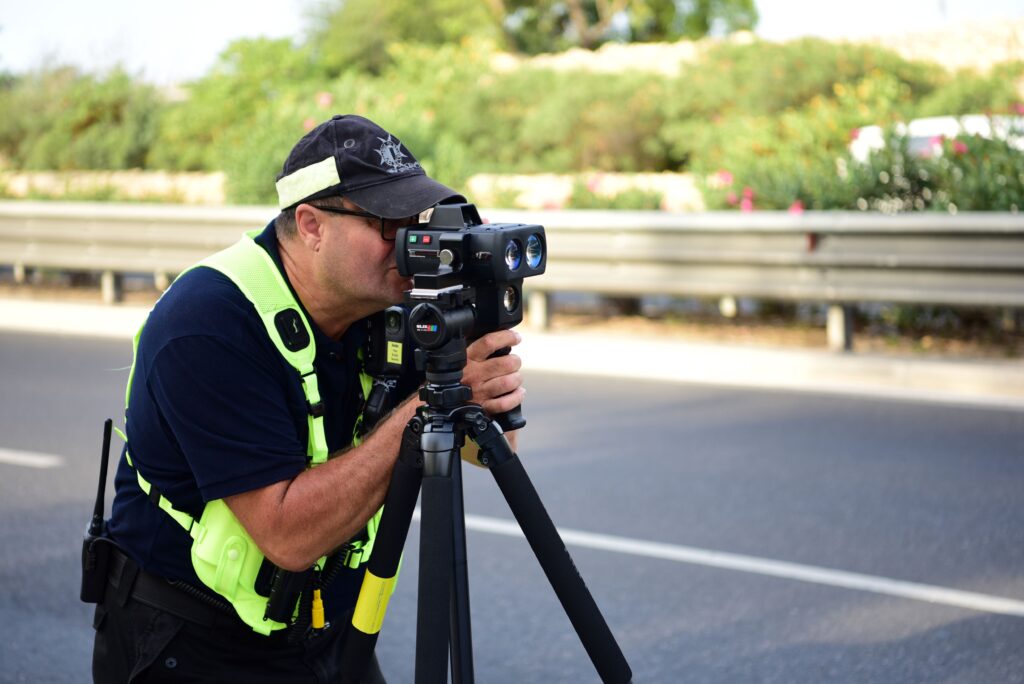
At what distance do speed guns work?
This varies according to the model of the camera used. The type of camera authorised for use in Malta lists a maximum distance of up to 2.4km, but an “optimum focal distance” of up to 500 metres.
The camera’s manufacturers say that it can typically identify European registration plates from a distance of over 200 metres.
In practice, while a speed gun may spot an infringement from a distance of several kilometres, it may struggle to identify the vehicle’s registration number until it is half a kilometre away.
Are speed guns a form of entrapment?
This question is often raised by infuriated motorists arguing that having hidden enforcement is unfair and potentially illegal. Since entrapment is a legal term, only a court can ultimately decide whether or not this is the case.
Entrapment is generally defined as an instance in which a law enforcement agent entices a person to commit a crime they would not have committed otherwise.
However, several similar cases outside Malta suggest that courts tend to give this argument short shrift.
One US law firm specialising in traffic offences argues that “A speed trap is not entrapment because an officer is not inviting, enticing nor encouraging a driver to commit the offense of speeding”.
Another says “If you are speeding, the fact that the officer was hidden from view is irrelevant if you were not influenced by the officer to exceed the speed limit”.
Drivers may also struggle to argue that not being told that speed guns are in use is a form of entrapment, given the presence of speed limit signs across Malta’s roads.
Speed limit signs are defined as prohibitory signs by Malta’s Highway Code. This means that they are not simply intended as a form of warning or guidance, but expressly prohibit drivers from exceeding the listed speed.
In effect, speed limit signs tell drivers that they will be breaching the law if they drive faster, regardless of whether or not they believe that their speed limit is being monitored on that stretch of road.
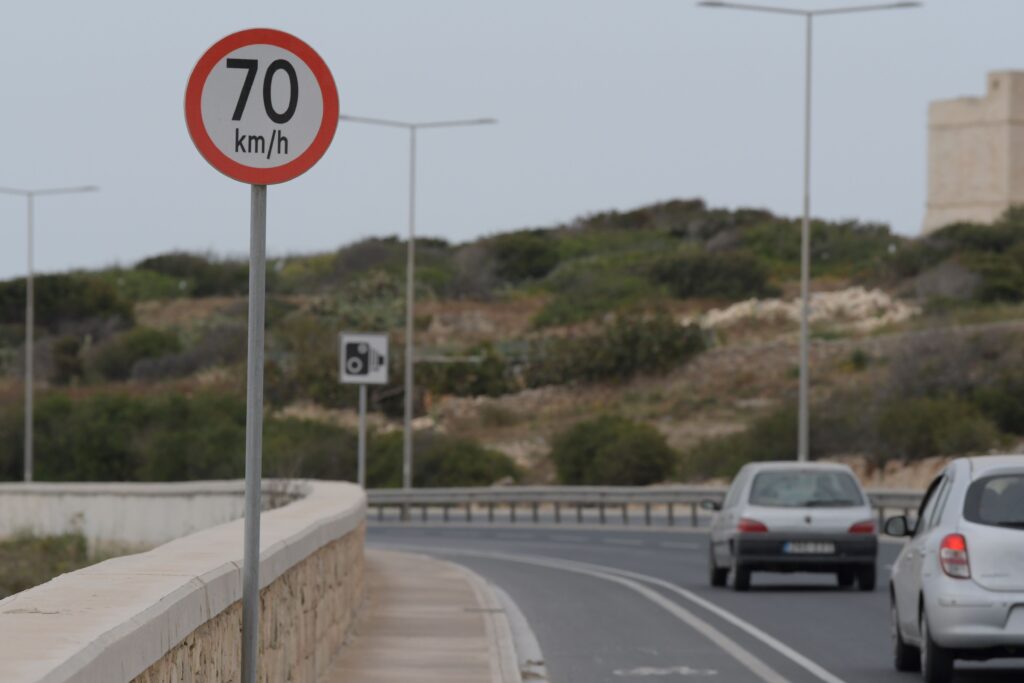
Verdict
Although deemed controversial by some motorists, the use of speed guns by police and LESA officials is legally authorised by Malta’s traffic legislation.
Officials can use speed guns without warning drivers beforehand. They can also remain hidden out of sight when using speed guns.
However, traffic enforcement agencies sometimes choose to inform motorists of the presence of cameras or speed-monitoring equipment. This is done as a “policy choice” and is not mandatory.
While whether hidden traffic enforcement constitutes entrapment would ultimately be up to the courts to decide, this appears to be unlikely.
And while it is up to the courts to rule on whether hidden traffic enforcement constitutes entrapment, it appears unlikely that the courts will decide that such enforcement is entrapment.
The Times of Malta fact-checking service forms part of the Mediterranean Digital Media Observatory (MedDMO) and the European Digital Media Observatory (EDMO), an independent observatory with hubs across all 27 EU member states that is funded by the EU’s Digital Europe programme. Fact-checks are based on our code of principles.
Let us know what you would like us to fact-check, understand our ratings system or see our answers to Frequently Asked Questions about the service.

